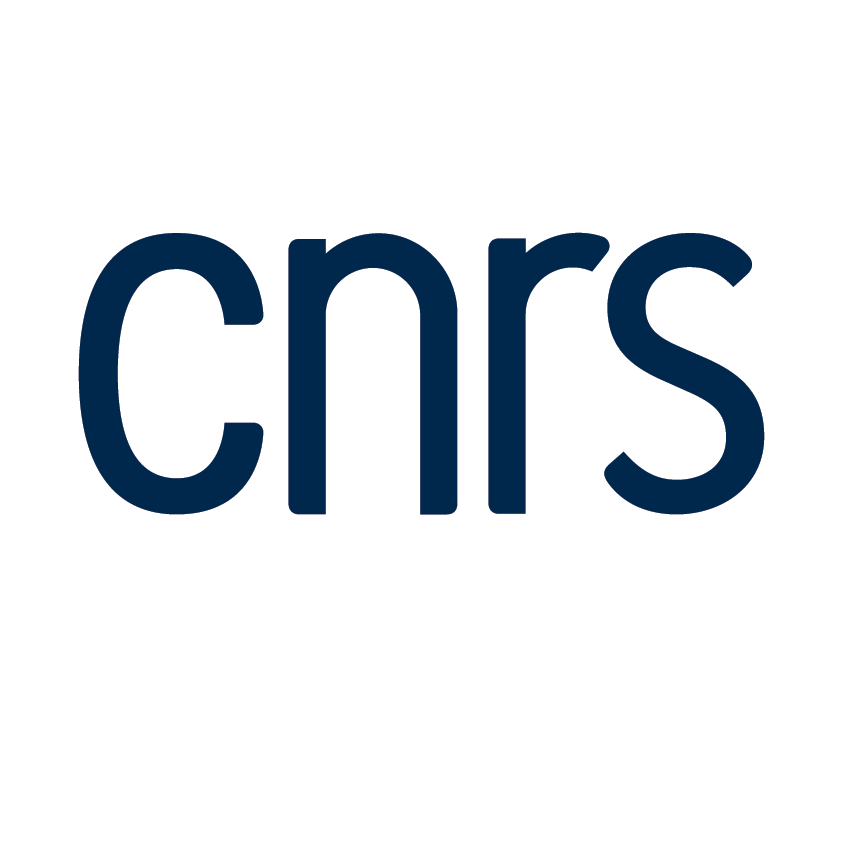Retour
Séminaire de Théorie des Nombres
Primes in sumsets and sumsets of primes
Gyan Prakash
( Harish-Chandra Institute, Allahabad )Salle de Conférences
le 27 octobre 2017 à 14:00
In 2014, Ramana and Ramaré showed that if the set of prime numbers is coloured in colours then all large enough integers are a sum of at most prime numbers, all of the same colour, for an absolute constant . This bound is optimal up to the value of . Recently, K. Mallesham adapted the method of Ramana and Ramaré to obtain an upper bound for the number of pairs such that is a prime number, when and are subsets of the integers and is sufficiently large. The bound obtained by Mallesham improves a bound obtained by Balog, Rivat and Sárközy and is also optimal when is sufficiently large. Underlying the aforementioned results is an upper bound for the number of pairs such that is invertible in , where is a suitable square free number and and certain subsets of the integers. We discuss this result and some of its relatives and explain how they may be used to obtain analogs of the result of Ramana and Ramaré for the set of squares and the set of squares of prime numbers.




